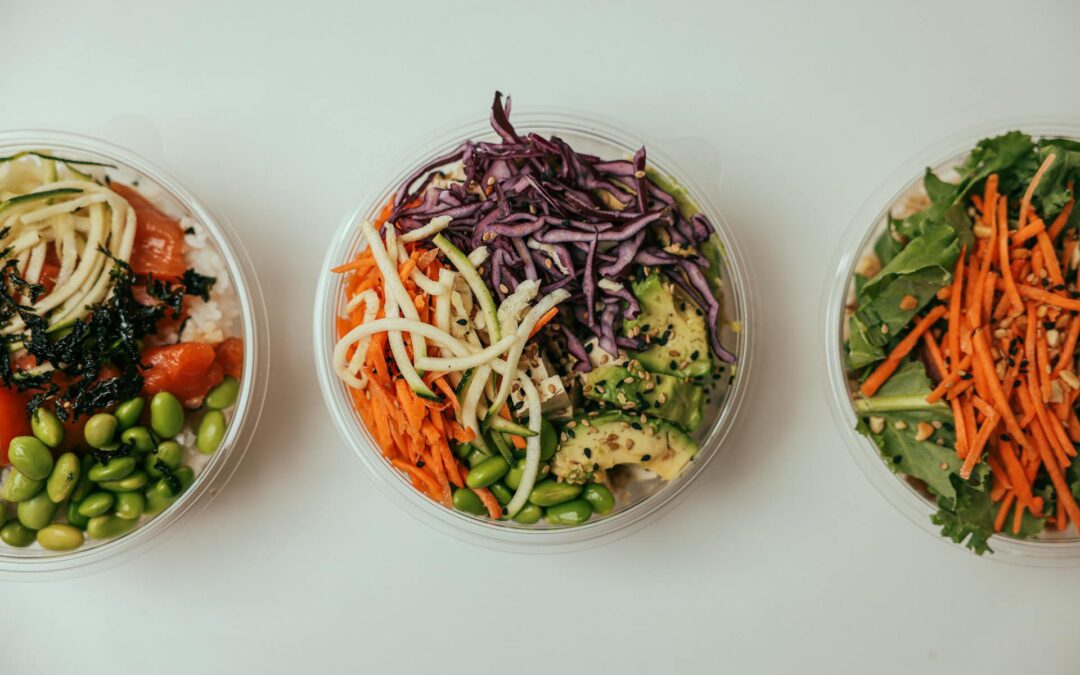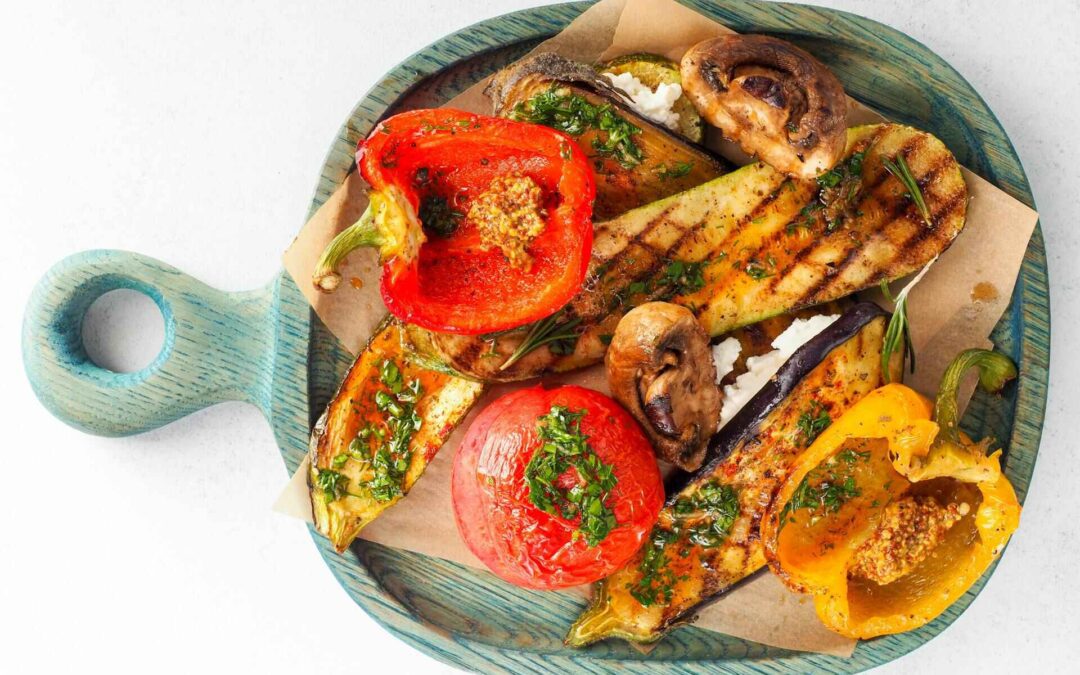Starting a new diet can feel like stepping into uncharted territory, especially if it’s something as popular yet misunderstood as the low carb diet. You’ve probably heard about its success stories—how people shed pounds, felt more energized, and even experienced improved health markers like lower blood sugar levels. But knowing where to begin is often the hardest part. What foods should you eat? How many carbs are too many? And how can you make sure this isn’t just another short-lived attempt at weight loss?
This guide is here to take out the guesswork. We’ll break down everything you need to know about starting a low carb diet from scratch, giving you practical, easy-to-follow steps that will set you on the path to sustainable weight loss. Whether your goal is to lose a few pounds, stabilize your blood sugar, or simply eat healthier, adopting a low-carb lifestyle could be a game changer.
Unlike many other restrictive diets, a low carb diet doesn’t leave you hungry or force you to obsess over calories. Instead, you focus on reducing carbohydrate intake, especially from refined and processed sources, while filling your plate with satisfying proteins and healthy fats. It’s more about building a sustainable, nourishing way of eating than about quick fixes. Ready to get started? Let’s dive in.
What is a Low Carb Diet?
Before we dive into the how-tos, let’s first clarify what a low carb diet is. Essentially, a low carb diet limits your intake of carbohydrates—primarily found in sugary foods, pasta, and bread—while encouraging consumption of proteins and healthy fats.
Understanding Carbohydrates
To fully grasp the benefits of a low-carb diet, it’s essential to understand what carbohydrates are:
- Simple carbs: These are quick-digesting carbs like sugar and candy, leading to blood sugar spikes.
- Complex carbs: Found in whole grains and starchy vegetables, these digest more slowly.
When you eat too many carbs, especially simple ones, your body stores excess glucose as fat. This is why controlling your carbohydrate intake can have such a big impact on weight loss.
Benefits of a Low Carb Diet
A low carb diet doesn’t just help you shed pounds—it has several other notable health benefits, too: (1)
- Weight loss: By limiting carbs, your body burns fat for energy, leading to quicker fat loss. (2)
- Improved blood sugar control: Less sugar and refined carbs lead to more stable blood sugar levels, which can help manage or prevent type 2 diabetes.
- Heart health: A low carb diet can reduce triglycerides and improve cholesterol levels.
- Reduced cravings: Many people find that eating fewer carbs leads to less hunger and fewer cravings for unhealthy snacks.
How to Start a Low Carb Diet
Now that you understand the basics, let’s look at the practical steps to get started on your low carb journey. (3)
Step 1: Determine Your Carb Limit
One of the first things to figure out is how many carbs you should consume daily. Typically, a low carb diet includes anywhere from 20 to 100 grams of carbohydrates per day, depending on your goals.
- For faster weight loss: Stick to around 20-50 grams of carbs per day.
- For a more moderate approach: Aim for 50-100 grams per day.
Step 2: Know Which Foods to Avoid
The success of a low-carb diet relies heavily on avoiding certain high-carb foods:
- Sugary foods (sweets, sodas, pastries)
- Refined grains (white bread, pasta)
- Processed snacks (chips, crackers)
Instead, opt for whole, unprocessed foods that are rich in protein and healthy fats.
Step 3: Stock Your Pantry with Low-Carb Essentials
When starting a new diet, preparation is key. Stock your kitchen with low-carb staples like:
- Proteins: Chicken, beef, fish, eggs
- Healthy fats: Avocado, olive oil, nuts
- Low-carb veggies: Spinach, kale, broccoli
How to Transition Smoothly
Transitioning to a low-carb diet doesn’t have to be difficult. Follow these tips to make the process smoother:
- Reduce carbs gradually: If you’re used to a carb-heavy diet, reducing carbs slowly can prevent shock to your system.
- Avoid the “keto flu”: The keto flu refers to flu-like symptoms some people experience when drastically cutting carbs. Drink plenty of water, increase salt intake, and eat enough fat to avoid this.
- Track your progress: Keep an eye on how you’re feeling, and track your food intake to ensure you’re staying within your carb limits. (4)
Creating a Low Carb Meal Plan
Once you’re ready to dive into your new diet, having a meal plan is a must. A well-balanced low carb diet will have a good ratio of protein, fats, and carbohydrates.
How to Balance Macronutrients
A typical low carb meal plan consists of:
- 20-30% carbohydrates
- 50-60% fats
- 20-30% proteins
This balance will keep your body energized and your metabolism in fat-burning mode.
Sample Low Carb Meal Plan for a Week
Here’s an example of what a week on a low carb diet might look like: (5)
- Breakfast: Eggs scrambled with spinach and avocado
- Lunch: Grilled chicken salad with olive oil dressing
- Dinner: Baked salmon with roasted cauliflower
- Snacks: Cheese, nuts, hard-boiled eggs
Tips for Meal Prepping
To stay on track, prepare your meals ahead of time. Batch cooking and storing meals in containers ensures that you always have a low-carb option available, even on your busiest days.
Best Low Carb Foods to Eat
Here’s a handy list of some of the best foods to eat on a low carb diet:
- Proteins: Meat, fish, eggs, and poultry are all excellent sources of protein.
- Healthy fats: Avocados, nuts, seeds, and olive oil will provide your body with healthy fats.
- Low-carb vegetables: Leafy greens like spinach, kale, and broccoli are packed with nutrients without the extra carbs.
What to Avoid on a Low Carb Diet
Just as important as what to eat is knowing what to avoid. High-carb foods can sabotage your progress:
- Bread and pasta
- Sugary snacks
- Potatoes and starchy vegetables
Always check labels for hidden sugars and starches, which can sneak into foods you wouldn’t expect.
Monitoring Progress and Adjusting Your Diet
As you embark on your low carb journey, it’s crucial to regularly assess your progress and make adjustments as necessary.
How to Measure Your Progress
Rather than relying solely on the scale, use these additional methods:
- Body measurements: Keep track of changes in your waist, hips, and other areas.
- Energy levels: Notice how your energy changes throughout the day.
- Clothing fit: Are your clothes feeling looser?
Adjusting Your Carb Intake Over Time
If you hit a weight loss plateau, try lowering your carb intake slightly or incorporating intermittent fasting to kickstart fat loss again.
Common Mistakes to Avoid
To get the most out of a low carb diet, avoid these common pitfalls:
- Not eating enough fiber: Fiber is essential for digestion, so include plenty of low-carb veggies.
- Overeating protein: Too much protein can be converted into glucose, kicking you out of fat-burning mode.
- Not drinking enough water: Staying hydrated is vital for overall health and helps avoid fatigue.
Low Carb Diet and Exercise
Exercise and a low carb diet go hand in hand. But how should you approach workouts on this eating plan?
How Exercise Complements a Low Carb Diet
When you eat fewer carbs, your body burns fat more efficiently, making exercise an even more effective tool for weight loss.
Best Types of Exercise for Weight Loss
- Strength training: Builds muscle, which increases your metabolism.
- Cardio: Burns calories and improves heart health.
- HIIT (High-Intensity Interval Training): A great way to burn fat quickly.
Troubleshooting and Overcoming Challenges
Starting a low carb diet is exciting, but you may encounter challenges along the way.
Dealing with Cravings
Carb cravings are common in the beginning, but they typically subside after a few weeks. Combat them by:
- Eating more fat: Fat helps keep you fuller for longer.
- Keeping healthy snacks handy: Nuts, cheese, and veggies are great options.
Staying Motivated
Weight loss can take time, so focus on non-scale victories like how you feel and improvements in energy and mood.
Managing Social Situations
Dining out can be tricky, but with some planning, it’s possible:
- Check menus ahead of time: Look for low-carb-friendly options.
- Request modifications: Ask for substitutions like extra veggies instead of potatoes.
Maintaining Your Low Carb Lifestyle Long-Term
Once you’ve reached your goal weight, how do you maintain your results?
Transitioning from Weight Loss to Maintenance
Many people increase their carb intake slightly once they reach their desired weight, while still avoiding refined carbs and sugars.
Finding a Sustainable Carb Intake
It’s important to experiment and find the amount of carbs that allows you to maintain your weight without gaining.
Incorporating Occasional “Cheat Days”
Some people include cheat days or meals, but be mindful—they can cause cravings to return. Moderation is key!
Frequently Asked Questions
Here are some answers to common questions about starting a low carb diet:
1. How many carbs should I eat per day?
For weight loss, aim for 20-50 grams of carbs per day.
2. Can I eat fruit on a low carb diet?
Yes, but choose low-carb fruits like berries.
3. Will cutting all carbs help me lose weight faster?
Not necessarily. Cutting too many carbs too quickly can lead to fatigue and nutritional deficiencies.
4. Is a low carb diet safe for everyone?
Most people can follow a low carb diet, but consult your doctor if you have any medical conditions.
5. How long should I stay on a low carb diet?
You can follow a low carb diet long-term, but many people transition to a maintenance phase after reaching their goals.
6. Is fiber important on a low carb diet?
Absolutely! Include plenty of low-carb veggies to ensure you’re getting enough fiber.
7. Can I do intermittent fasting with a low carb diet?
Yes, the two approaches can work very well together for weight loss.
The Bottom Line
Embarking on a low carb diet may seem like a drastic change at first, but with the right tools and mindset, it can become a healthy and sustainable part of your life. What sets this approach apart is its flexibility and the freedom it gives you to design a plan that works for your body. It’s not about starving yourself or cutting out entire food groups; rather, it’s about learning how to choose the right foods that fuel your body efficiently.
As you get more comfortable with the diet, you’ll find that the benefits go far beyond weight loss. Improved energy, better mental clarity, and more stable blood sugar levels are just a few of the many health perks that come with reducing your carbohydrate intake. Plus, the sense of control you’ll gain over your eating habits can be incredibly empowering, helping you to make mindful choices long after you’ve hit your target weight.
The key to success is to approach your new lifestyle with patience and consistency. There will be challenges, and you may need to make adjustments along the way, but that’s all part of the journey. Remember, you don’t have to be perfect—just keep making progress. Every small step counts.
Whether you’re looking to shed a few pounds or completely transform your health, starting a low carb diet could be the first step toward a healthier, more vibrant you. So why wait? There’s no better time than now to take control of your health and begin your low carb journey today.







0 Comments